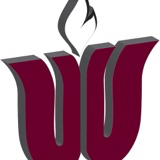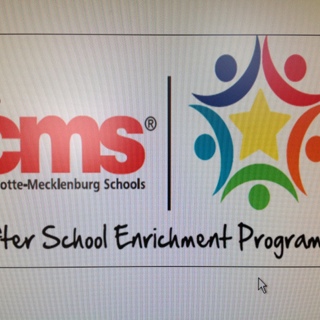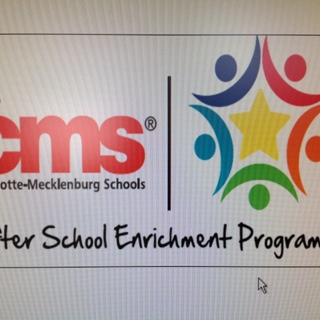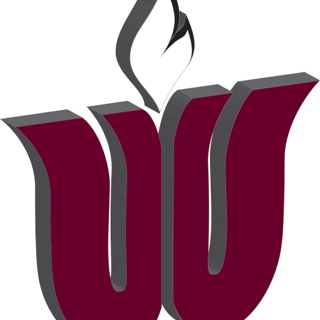Information
-
Audit Title
-
Client / Site
-
Conducted on
-
Prepared by
-
Location
Comprehensive School Health Program
-
School health office orderly and free of clutter.
-
Equipment (audiometer, otoscope, scales, pulse ox, sphygmometer, thermometer, phone, computer) in working order
-
Visual inspection of Immunization Out of Compliance Report. Are all students compliant or in progress (notes of parent contact are present for students being considered for exclusion)?
-
Conscientious and medical exemptions are current and accurately documented in Skyward. Original form kept in file.
-
Visual inspection of Vision report. Is it correct/complete?
-
Visual inspection of Hearing report. Is it correct/complete?
-
Visual inspection of Spinal State report. Is it correct/complete?
-
Visual inspection of AN report. Is it correct/complete in RFES?
-
Transportation forms are complete if bus rider for students with diabetes, seizures, or other significant health condition. Copy given to bus drive and transportation coordinator.
-
AED daily, monthly, annual check offs done.
-
Audiometer monthly biological check offs done.
-
Clinic stats reported every month.
Health Conditions and Individual Health Plans
-
Skyward has been updated to reflect critical alert if appropriate.
-
Notification of need to know persons has been documented (food service, teachers, 504 coordinator, PE/athletics).
-
IHPs have been created or updated for identified students.
-
Has a physical assessment been completed and documented in Skyward?
-
IHPs include evidence of outcomes progress and goals being met (either in office visit or on IHP).
Medication and Special Procedures. FFAC (legal and local)
-
All medication requests are signed by the parent (and if applicable) physician.
-
Are there 2 unique patient identifiers?
-
Select all that apply
- medication bottle picture
- medication form picture
- medical concerns chart
- Health concerns list
-
Drug information is included in the medication book.
-
Orders for special procedure(s) are current, signed by parent and physician.
-
Current clinic standing orders are visible in the front of the medication binder.
-
Monthly check offs of standing order medications is complete.
-
Medication Opt out list is present in the medication cabinet or sub binder.
-
Two sets of keys for medication cabinets. Second set of keys are retained at campus at all times.
-
Medication keys and medication cabinets are secured at at the time of the audit (visual inspection).
Inventory of Controlled Medications
-
Are controlled medications properly secured in a double locked cabinet?
-
Has an inventory sheet been implemented and performed weekly (preferred) or biweekly (minimum) for each controlled medication on file in the clinic. Inventory reconciliation documents should be kept in the medication binder.
-
Perform inventory review on all controlled medications.
Unlicensed Assistive Personnel
-
Principal Medication Designation form is complete and easily accessible
-
Medication skills checklists are complete for all designees (initial and return demonstrations) documented.
-
Special procedure skills checklists are complete for all designees (initial and return demonstrations) documented.
Anaphylaxis
-
Level 1 training is completed and documented
-
Level 2 training has been completed along with training checklist (initial and return demonstrations documented)
-
Epinephrine auto-injectors are clearly labeled to allow for rapid identification.
-
Epinephrine auto injectors are kept in an unlocked cabinet during the school day.
Diabetes Care
-
Diabetes Management and Treatment Plan is current, signed by parent and physician.
-
UDCA authorization present in DMTP or on UDCA authorization form.
-
UDCA Principal Designation Form is signed
-
UDCA skills checklist has been completed (initial and return demonstrations documented).
-
Emergency kits available for diabetic students in the event of a lockdown or evacuation.
Emergency Preparedness
-
Emergency care forms are printed and available to be quickly taken during an evacuation OR forms are saved to campus nurse laptop.
-
EMS envelopes for identified students are readily available for student health emergency (include Emergency Care form, Student health history, physician orders, action plans, etc.)
-
Evacuation plan in place for medications, special procedure supplies/equipment
-
Emergency bag/cart is intact, readily accessible.
-
Campus Response Team has been identified for emergencies including medical/AED.
-
Campus Response Team training/drills planned or held
-
Emergency Guidelines for Office Staff notebook available.
-
Plan in place for entry into locked clinic bathroom door.
-
Documented evacuation chair training on file for 2 story campuses.
Substitutes
-
Current telephone list of nurse extensions and campus buddy nurse is accessible.
-
Current daily med worksheet available?
-
Current student health condition information is readily available.
-
Emergency procedures and contacts for campus.
-
Process for documentation clearly defined.
-
RN guidelines manual visible/available.
-
Location of special procedures, emergency supplies, diabetes supplies clearly labeled.
-
Campus sub coordinator had a copy of most current nurse sub list.
Professional Nursing Practice
-
Professional Development hours complete.
-
Special event/committee involvement?
-
Nurse is wearing name badge with credentials displayed.
Signatures
-
Coordinator of Health Services
-
School Nurse










